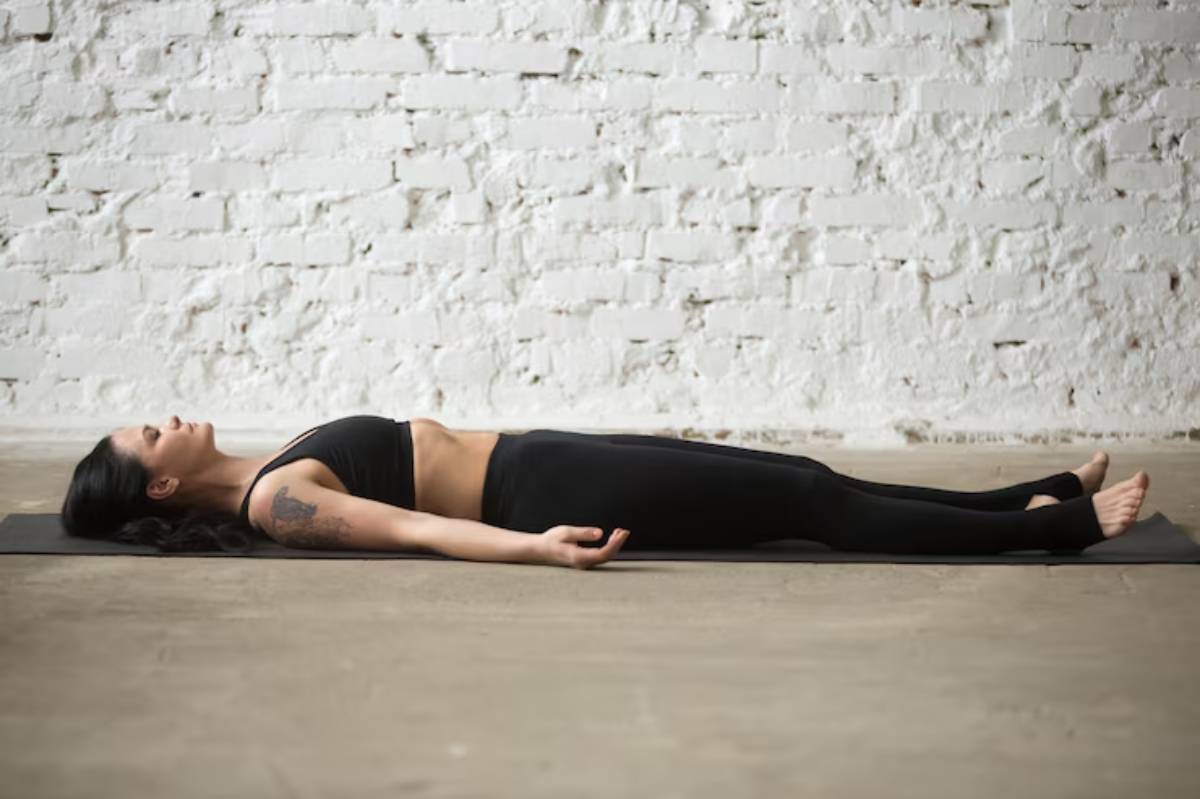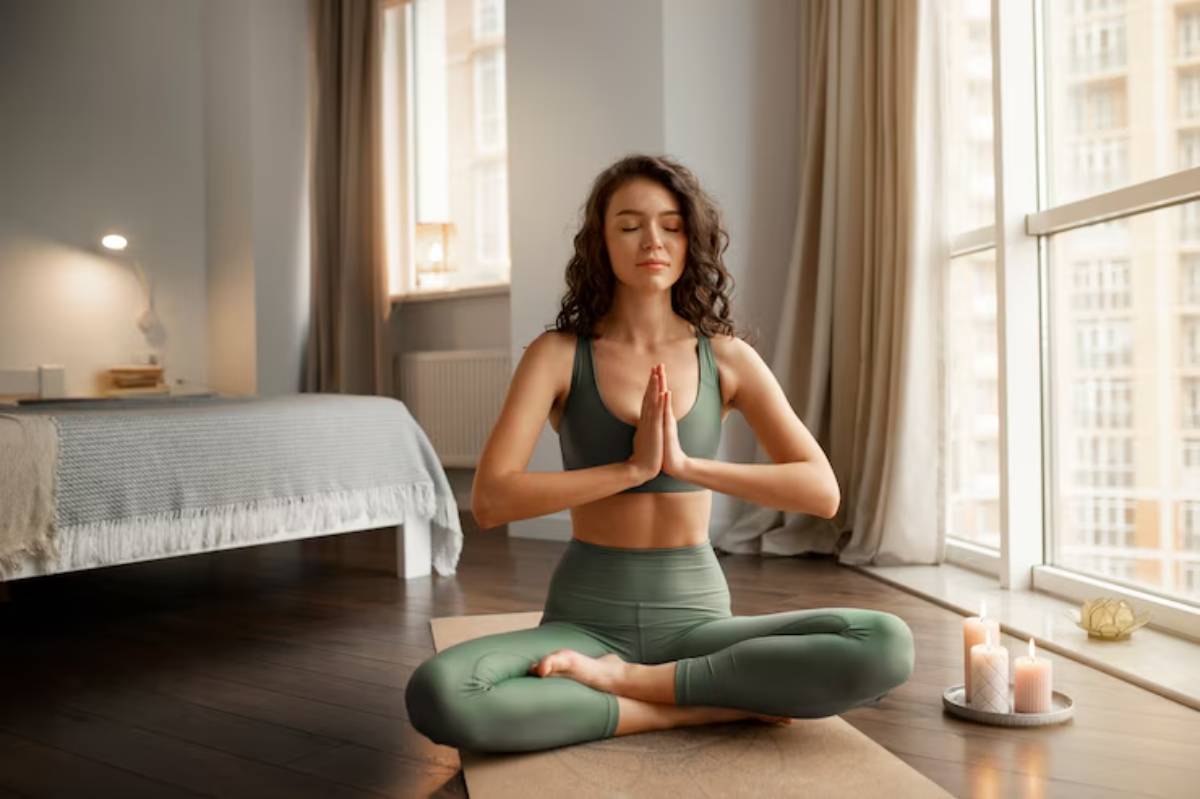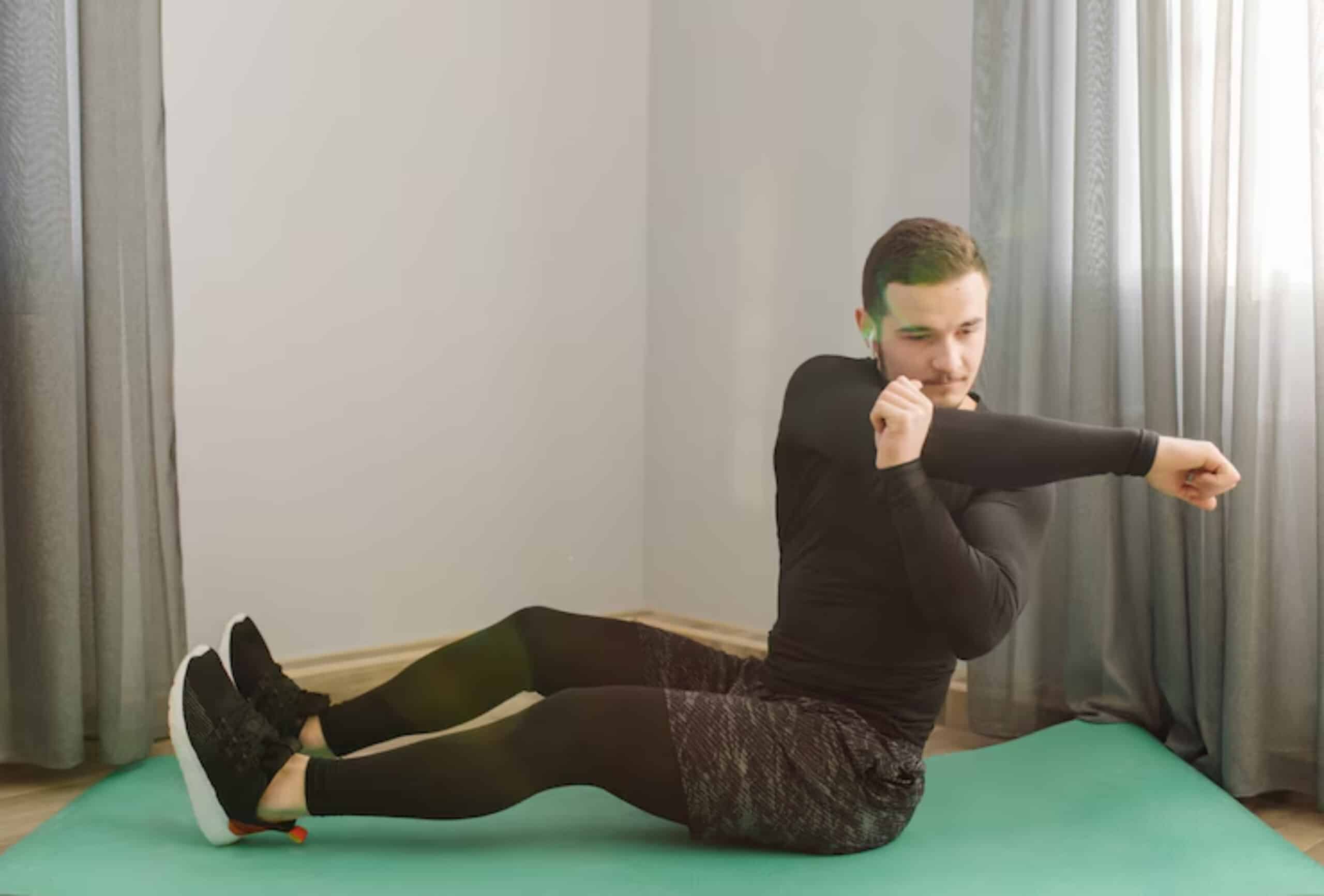
How to Improve Flexibility with Just 15 Minutes of Daily Yoga
Think you need to spend an hour twisting into pretzel shapes just to touch your toes? Think again. With a focused, consistent approach, you can start seeing noticeable gains in flexibility with just 15 minutes of yoga a day.
Whether you’re dealing with tight hips from sitting at a desk, sore hamstrings from your runs, or simply want to feel less stiff in the mornings, this guide will show you how to build a daily yoga habit that actually works—even with the busiest schedule.
You’ll learn the science behind flexibility, a step-by-step routine, and tips for making it sustainable. So roll out your mat—it’s time to make stretching in 15 minutes a game-changer.
Understanding the Core: What 15 Minutes of Daily Yoga Really Does
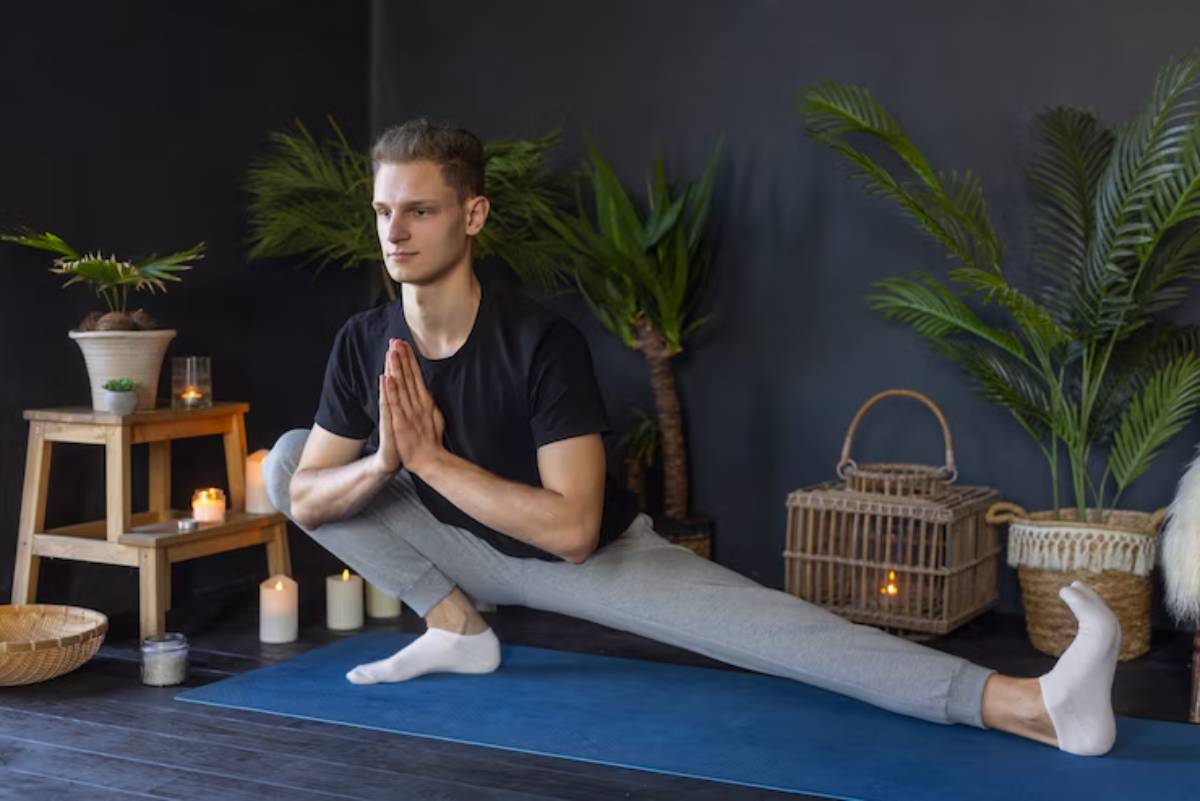
You might wonder—how effective can such a short session really be?
Here’s the truth: consistency trumps intensity. Short, focused daily practice builds momentum, improves circulation, and allows your muscles and fascia to adapt over time.
According to a study published in the Journal of Bodywork and Movement Therapies, subjects who practised brief yoga sessions five days a week significantly improved hamstring flexibility in just six weeks.
How Yoga Improves Flexibility:
- Active and passive stretching: Yoga combines dynamic movement with deep holds, promoting length in both the muscles and connective tissues.
- Increased blood flow: Regular movement brings oxygen and nutrients to your muscles, speeding up recovery and softening stiff areas.
- Mind-body connection: Conscious breathing relaxes the nervous system, which helps muscles release more deeply during stretches.
- Fascial hydration: Gentle daily motion rehydrates connective tissues, improving fluidity in movement.
So, yes—quick yoga flexibility routines are backed by science and proven in practice.
Quick-Reference Summary: 15-Minute Flexibility Plan at a Glance
To get started:
- Choose the same time each day to build your daily yoga habit
- Begin with a light warm-up (Cat-Cow, gentle twists)
- Focus on 5–7 foundational stretches
- Hold each pose for 1–2 minutes
- Use controlled breathing to deepen each stretch
- Finish with a short relaxation or breathing practice
Results build with regularity, not perfection.
Step-by-Step Guide: Stretching in 15 Minutes with Yoga
You don’t need fancy poses or elite flexibility. Just follow this straightforward sequence:
Minutes 1–3: Warm-Up Flow
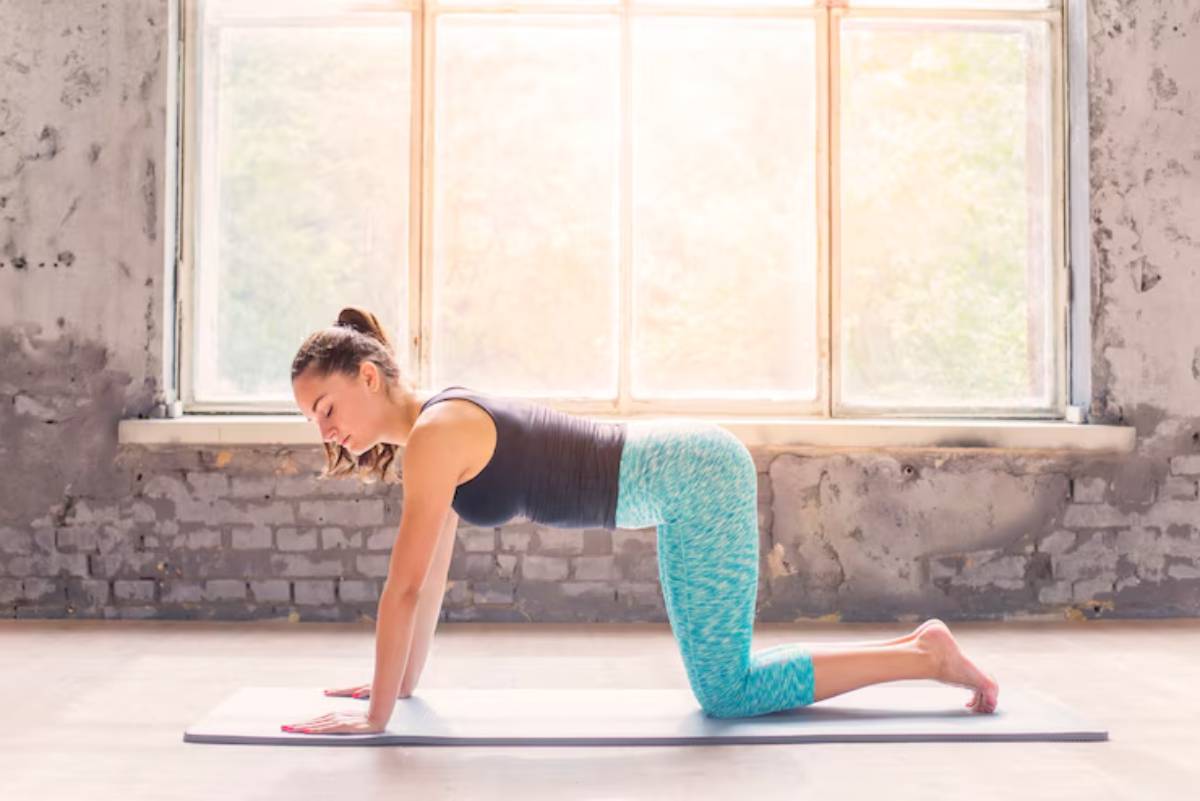
Start with a gentle sequence to wake up your spine and joints.
- Cat-Cow Pose – Loosens spine and hips
- Child’s Pose with side stretch – Opens the lower back and shoulders
- Downward Dog (light version) – Gently stretches hamstrings and calves
Flow between these for a couple of minutes, moving with your breath.
Minutes 4–10: Foundational Stretches
Focus on poses that target multiple muscle groups at once:
- Low Lunge (Anjaneyasana) – Opens hip flexors and quadriceps
- Seated Forward Fold (Paschimottanasana) – Lengthens hamstrings and lower back
- Butterfly Pose (Baddha Konasana) – Releases inner thighs and groin
- Thread the Needle (supine) – Gently opens hips and glutes
Hold each pose for around 90 seconds. Use props (like cushions or yoga blocks) if needed to support your alignment.
Minutes 11–14: Spine and Shoulders
- Spinal Twist (seated or reclined) – Increases mobility in the mid and lower back
- Puppy Pose (Uttana Shishosana) – Stretches the shoulders, chest, and upper spine
Focus on deep belly breathing here to release tension.
Minute 15: Relaxation or Breathwork
End with:
- Legs Up the Wall – A calming inversion that aids recovery
- Or try Box Breathing – Inhale for 4, hold for 4, exhale for 4, hold for 4
This final minute helps the body absorb the benefits of your practice.
Pro Tip: It’s better to hold fewer poses deeply than rush through many.
Important: Your breath is a tool—exhale as you deepen into each pose.
Common Pitfalls to Avoid:
- Skipping warm-up: Cold muscles are more prone to strains.
- Comparing progress to others: Your flexibility journey is unique.
- Being inconsistent: Flexibility improves with frequency, not occasional long sessions.
Best Practices & Additional Insights
Make It a Habit That Sticks
- Same time daily: Linking your practice to a consistent cue (e.g., after brushing your teeth or before bed) makes it easier to maintain.
- Use a timer or playlist: Set a 15-minute timer or play a calming yoga playlist to guide your session.
- Create a sacred space: Even a corner of your room with a mat and candle can make practice feel intentional.
Track Small Wins
Notice subtle changes—like being able to sit more comfortably, bend with ease, or release tension faster. These are signs of real progress.
Integrate Mindfulness
Don’t just stretch—feel. Being present during each movement rewires the nervous system and reduces mental stress, not just muscular stress.
Real story: “I started 15-minute yoga stretches each morning before work. Within a month, I noticed I could sit cross-legged again without pain—and my lower back stopped complaining during long meetings.” — James, 42, office worker and father of two.
FAQs: Flexibility in 15 Minutes—What You Need to Know
Is 15 minutes of yoga really enough to improve flexibility?
Yes—if you practise consistently. Short sessions daily are more effective than one long session a week.
When is the best time to stretch?
Mornings can release overnight stiffness, while evenings help unwind from the day. Choose what works best for you.
What if I’m not flexible at all?
That’s exactly why you should start! Yoga meets you where you are and builds flexibility gradually. Props and modifications can help you ease into poses safely.
Can I use this routine before workouts?
Absolutely—but focus on more dynamic versions of the stretches and keep them brief. Save long holds for after your workout or on recovery days.
How long until I see results?
Most people notice changes within 2–4 weeks of daily stretching. Expect improved posture, less stiffness, and better mobility.
Conclusion: Flexibility in Just 15 Minutes a Day—Yes, You Can
You don’t need to be bendy, athletic, or have a yoga background to start. With just 15 minutes a day, you can ease tension, move more freely, and improve your quality of life.
A quick yoga flexibility practice doesn’t just stretch your body—it reshapes your daily rhythm and outlook. It’s a small effort with a big return.
Start your daily yoga habit today. Roll out the mat, set your timer, and let consistency transform your flexibility—one breath at a time.
